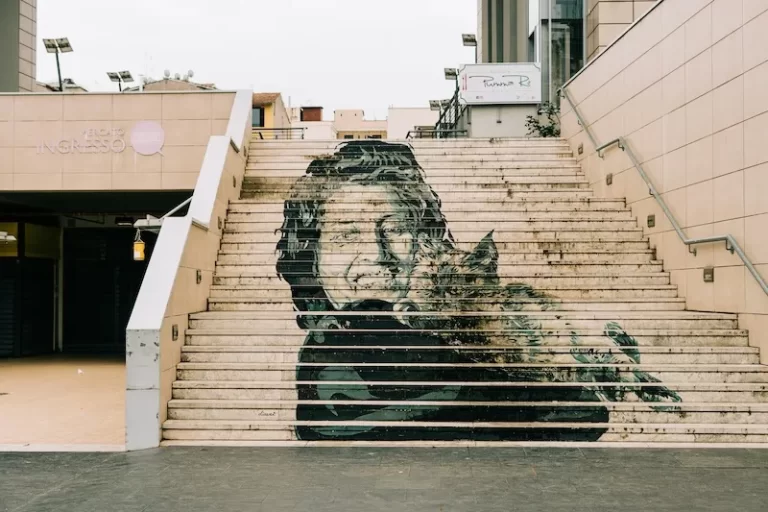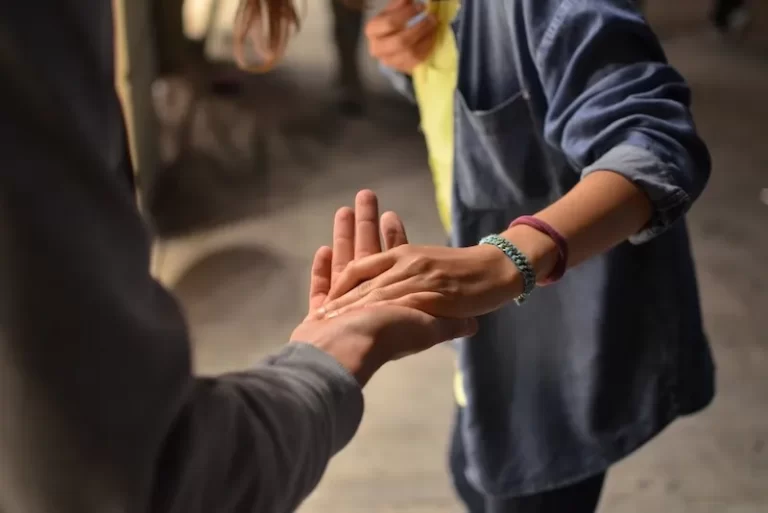Are you doing more harm than good?
The Impact of Giving Money to Begging Children
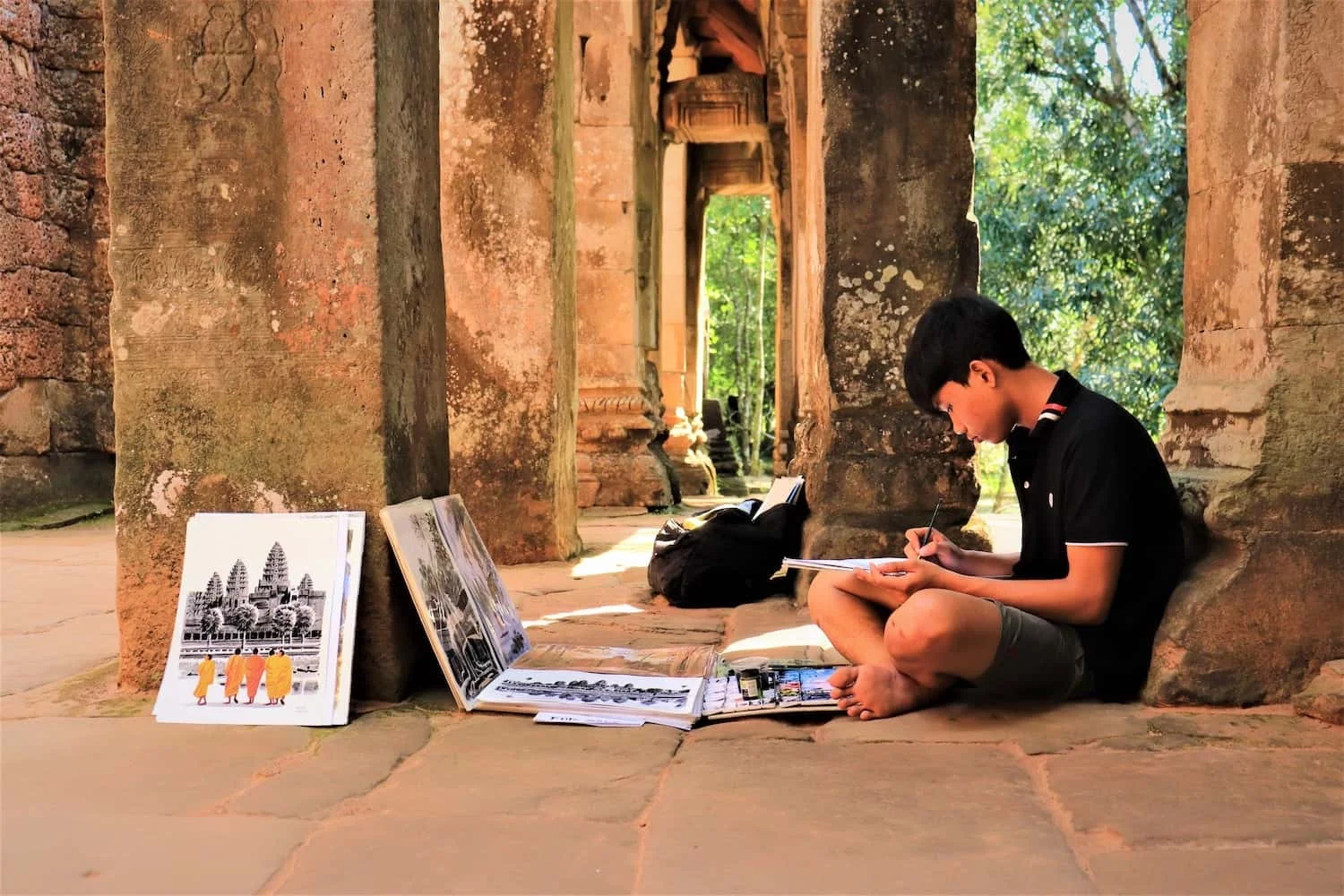
For a long time, I’ve wanted to write about the children of Cambodia who beg on the streets. Those who know me understand how deeply the street children of Sihanoukville affected me. Their struggles and resilience left an indelible mark on my heart.
Recently, my friend created another video for M’Lop Tapang, an organisation dedicated to helping vulnerable children. Watching it inspired me to finally put pen to paper—or fingers to keyboard—and share my thoughts.
I no longer live in Sihanoukville, a place that was once breathtakingly beautiful but underwent dramatic changes about seven years ago. Now, I call Kampot, a smaller, quieter town, my home.
Yet, even here, I’m witnessing the same heartbreaking scenes I saw in Sihanoukville over 15 years ago. Children beg on the streets, and some even turn to glue-sniffing as a way to escape their harsh realities.
If this resonates with you, keep reading to learn more about the realities of street children in Cambodia and how you can make a positive impact.
Sihanoukville
A City of Contrasts
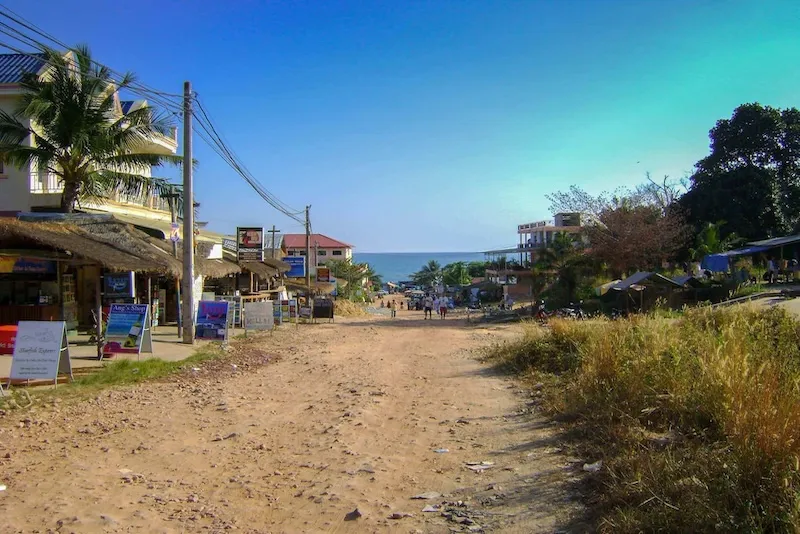
Over the past 15 years, I’ve witnessed both the heartbreaking and beautiful sides of life in Cambodia—a country that never fails to surprise me with its resilience and complexity.
When I lived in Sihanoukville, I often found myself sitting on the streets at 2 a.m. with groups of street children. My only goal was to keep them safe, even if it meant sacrificing my own sleep.
During those late nights, I would call ChildSafe, knowing the incredible impact they have on protecting vulnerable children and supporting families. ChildSafe works closely with M’Lop Tapang, an extraordinary NGO that has become a lifeline for thousands in the Sihanoukville area.
Today, M’Lop Tapang supports over 5,000 children, youth, and families, offering access to education, specialised services, and resources that help them build a brighter future. Their work is a testament to the power of community and compassion in the face of adversity.
The Humble Beginnings of M’Lop Tapang
The story of M’Lop Tapang begins on a beach in Sihanoukville. One day, a group of friends were walking along the shore when they spotted six young children sleeping under a Tapang tree. Night after night, these children called the beach their home, exposed to the elements and vulnerable to exploitation.
The sight broke their hearts. In that moment, they knew they had to do something to help the street children of Cambodia.
In 2003, M’Lop Tapang (MT) was born. What started as a simple initiative to feed and protect those six children quickly grew into a far-reaching program. Founded by a small group of dedicated foreigners and locals, the organisation expanded its mission to provide education, healthcare, and safety to thousands of vulnerable children and families in the Sihanoukville area.
The impact of their work has been so profound that one of the original founders was awarded an MBE (Member of the Order of the British Empire) by Queen Elizabeth II. Even Her Majesty recognised the incredible difference M’Lop Tapang was making in the lives of Cambodia’s most vulnerable.
See the Impact for Yourself
If you’d like to see the incredible work M’Lop Tapang is doing firsthand, please take a moment to watch my friend’s video. It’s a moving glimpse into the lives of the children and families they support, and it shows just how much of a difference your support can make.
The Hidden Suffering of Street Children
Many of the children begging on the streets of Cambodia are not there by choice. Often, they are sent out by a parent, aunt, or grandparent who may be struggling with addiction—whether to drugs, alcohol, or gambling. These adults rely on the children to bring home money to feed their habits. Tragically, if a child doesn’t return with enough, they may face abuse.
This harsh reality hit me hard many years ago in Sihanoukville. A young boy would often come and sit silently outside my shop. He rarely spoke, but it was clear he felt safe with me. We’d sit together, just watching the world go by.
One day, as I was about to leave to fetch some stock, I lightly touched his back and said, “I’ll be back.” He winced in pain.
Concerned, I asked him what was wrong. He tried to lift his shirt to show me but struggled because of the pain. When I offered to help, he nodded.
What I saw shocked me to my core. His back was covered in fresh, bloody welts. No bruises had formed yet—the wounds were that new. Fighting back tears, I asked him what had happened.
He told me he’d come home from begging on the beach at 3 a.m. and handed his mother the $30 he’d earned. She was furious it wasn’t more. In her rage, she grabbed an electrical wire from the floor. His father held him down while his mother whipped him repeatedly for ten agonising minutes.
The pain this child endured was unimaginable. Yet, to the outside world, his suffering was invisible—hidden behind his sunken, weary eyes.
I immediately called ChildSafe. My stock could wait. They arrived quickly, spoke to the boy, and took him to get the medical help he desperately needed.
Tourism in Cambodia
A Double-Edged Sword
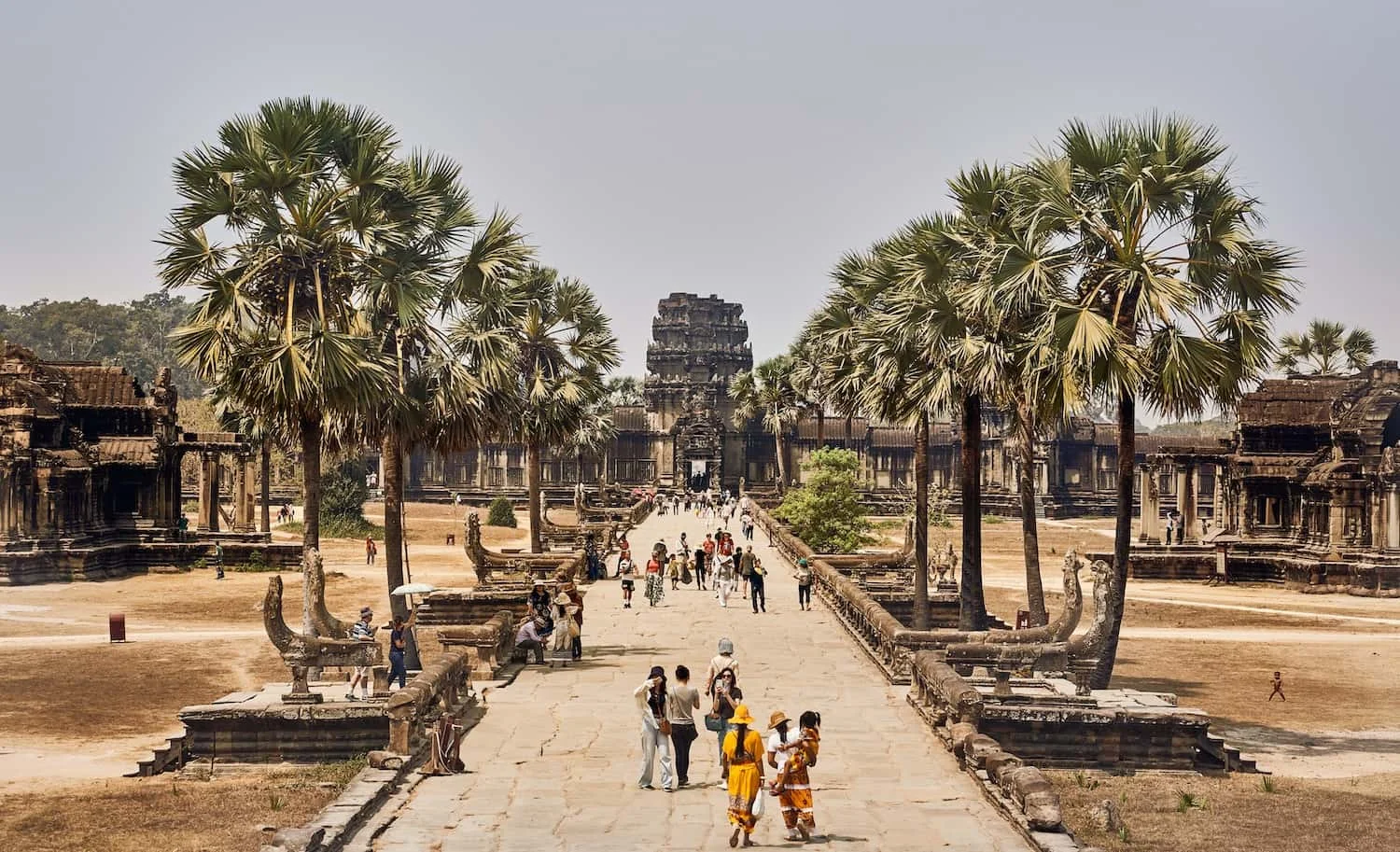
Many travellers visiting Cambodia are overwhelmed by the poverty they encounter. While most tourists flock to the country’s stunning islands, pristine beaches, or iconic temples like Angkor Wat, the sight of begging children on the streets often leaves a lasting—and heartbreaking—impression.
For many visitors, it’s their first time seeing children beg for money on the streets, let alone witnessing them wandering alone at 1 or 3 a.m., selling flowers or trinkets to late-night revellers. It’s a stark contrast to the postcard-perfect images of Cambodia that draw so many to the country.
I understand how deeply this can affect you. I felt the same way when I first visited Cambodia in 1987. Seeing skinny children, covered in dirt and dressed in what can only be described as rags, is enough to break anyone’s heart. And it’s not just the children—the suffering of animals on the streets adds another layer of distress, especially for those with a strong sense of empathy.
Your instinctive reaction is to help. You might think, “Let’s give them some food,” or “Let’s give them some money so they can buy clothes or go to school.” It’s a natural and well-meaning response.
But sadly, the reality is far more complicated. Often, the money doesn’t go to the children. Instead, it ends up in the hands of adults who may exploit them further. The children don’t get new clothes, they don’t go to school, and they can continue to suffer.
How Can You Be a Responsible Tourist in Cambodia?
Being a responsible tourist in Cambodia is easier than you might think. Here are some simple yet impactful ways you can make a difference during your visit:
Be Aware and Take Action – If you see a child in danger or at risk, don’t hesitate to contact the confidential 24-hour ChildSafe Hotline: 012 478 100 or 016 478 100
Your call could save a life.
Dine at Training Restaurants – When hunger strikes, skip the mainstream options and support training restaurants that empower local communities. These establishments not only serve delicious food but also provide vulnerable youth with skills and opportunities for a better future.
- In Sihanoukville: Visit Sandan, M’Lop Tapang’s training restaurant for vulnerable youth.
- In Siem Reap: Head to Marum, where dishes are designed to be shared. Grab a friend and enjoy a little bit of everything!
- In Phnom Penh: Try Romdeng or Friends, known for their amazing tapas and cocktails.
- In Kampot: Make sure to visit Epic Arts Café.
Shop Responsibly – When buying souvenirs, choose ethical shops like Tapangs at Sandan in Sihanoukville or Friends ‘n’ Stuff in Phnom Penh. These stores sell products made by families supported by NGOs, ensuring your money goes directly to those who need it most.
Support Reputable NGOs – Organisations like M’Lop Tapang and ChildSafe are making a real difference in the lives of vulnerable children and families in Cambodia. These NGOs provide essential services such as education, healthcare, and safe environments, helping to break the cycle of poverty and exploitation.
Another incredible initiative to support is Epic Arts, a social enterprise based in Kampot. Epic Arts is dedicated to promoting inclusion and opportunities for people with disabilities in Cambodia. Through their café, workshops, and artistic programs, they provide training, employment, and a platform for creativity and self-expression.
Think Twice Before Visiting or Donating to Orphanages
Orphanages in Cambodia may not be what they seem. According to UNICEF research, up to 75% of children in orphanages in Cambodia and Nepal are not even orphans. Many have living parents or family members who, due to poverty, feel they have no choice but to send their children away.
Volunteering at or donating to these institutions can often do more harm than good. Many orphanage volunteers don’t speak the local language, lack formal training, and stay for only a short time. This revolving door of well-meaning strangers can be deeply disruptive and emotionally damaging for the children.
Instead, support reputable NGOs that focus on keeping families together and providing long-term solutions.
Key Takeaways
How You Can Make a Difference
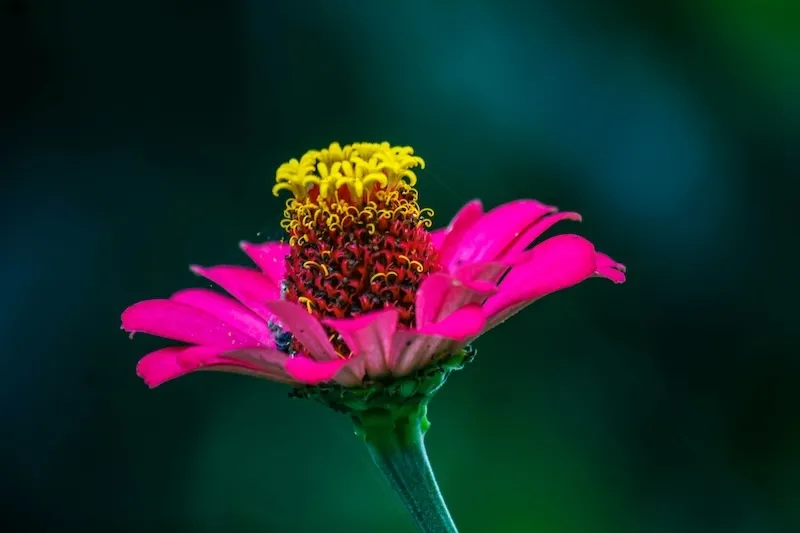
When you see a child begging on the streets of Cambodia, your first instinct might be to reach into your pocket and give them money. But as this article shows, that act of generosity can often do more harm than good. Instead, consider supporting organisations like M’Lop Tapang and ChildSafe, which work tirelessly to provide vulnerable children and families with education, healthcare, and safe environments.
As a tourist, you have the power to make a difference. Choose to dine at training restaurants like Sandan, Marum, or Epic Arts. Shop at ethical stores like Tapangs, and avoid giving money directly to begging children or supporting orphanages. These small, informed choices can have a big impact.
Finally, share stories like this one. By spreading awareness, you can help others understand the complexities of poverty and exploitation in Cambodia. Together, we can break the cycle and give these children the future they deserve.
Dive Deeper into Cambodia’s History and Culture
Recommended Reading
If you’d like to understand Cambodia beyond its stunning landscapes and vibrant culture, these books offer profound insights into its history, struggles, and resilience. Here are some must-reads:
- Human Trafficking in Cambodia by Chenda Keo
Written by a Cambodian author, this book sheds light on the urgent issue of human trafficking. Chenda Keo’s work began with interviews of 17 trafficked children, revealing the shocking reality that none of them considered themselves victims. - Culture Smart!: The Essential Guide to Customs & Culture
A concise and insightful guide to understanding Cambodian customs, traditions, and social norms. Perfect for travellers and anyone interested in the country’s cultural fabric. - A History of Cambodia by David Chandler
Widely regarded as the definitive history of Cambodia, this book provides a comprehensive overview of the country’s past, from ancient times to the modern era. - Cambodia’s Curse: The Modern History of a Troubled Land by Joel Brinkley
Written by a Pulitzer Prize-winning journalist, this book explores Cambodia’s turbulent modern history and the challenges it continues to face. - First They Killed My Father by Loung Ung
A harrowing memoir of a young girl trained as a child soldier during the Khmer Rouge regime. This powerful story offers a deeply personal perspective on one of Cambodia’s darkest periods. - A Cambodian Prison Portrait by Vann Nath
A firsthand account of life in S-21, the notorious prison run by the Khmer Rouge. Vann Nath’s story is a testament to human resilience in the face of unimaginable cruelty. - Pol Pot: Anatomy of a Nightmare by Philip Short
This biography delves into the life of Pol Pot, the leader of the Khmer Rouge, and the devastating impact of his regime on Cambodia. - Survival in the Killing Fields by Haing Ngor
A moving memoir by Haing Ngor, a survivor of the Cambodian genocide, who later won an Academy Award for his role in The Killing Fields. - Lucky Child by Loung Ung
This sequel to First They Killed My Father tells the story of two sisters separated by the Khmer Rouge and their eventual reunion. - When Broken Glass Floats by Chanrithy Him
A poignant memoir of survival under the Khmer Rouge, offering a deeply personal look at the resilience of the human spirit.


